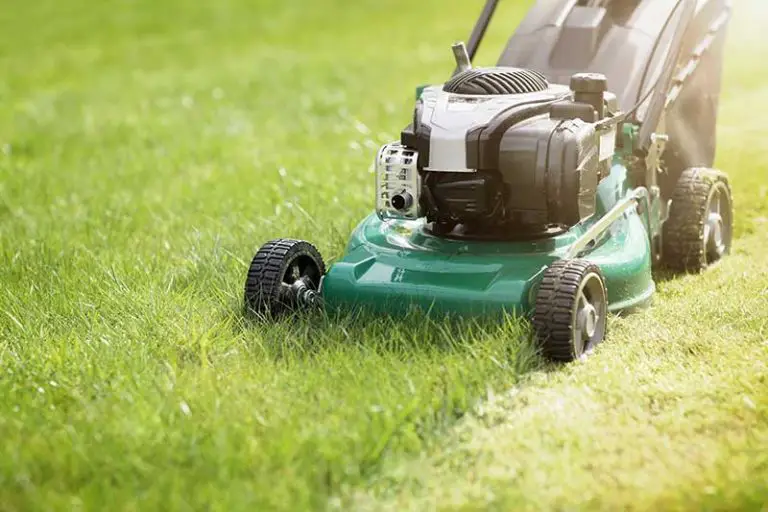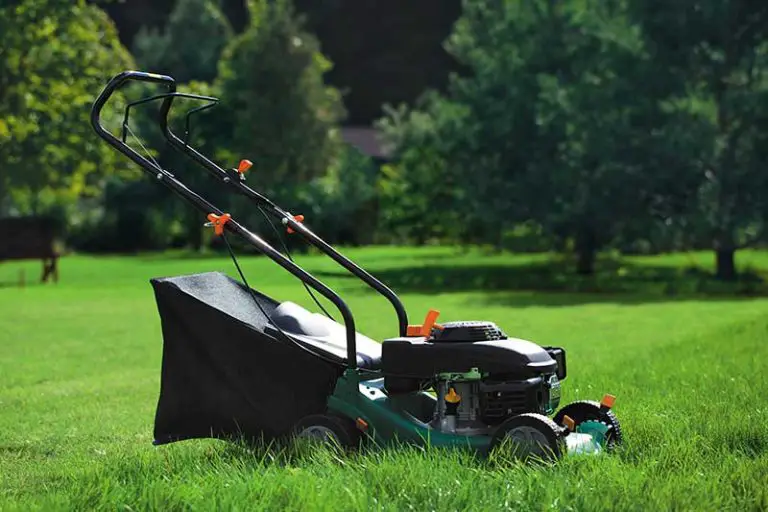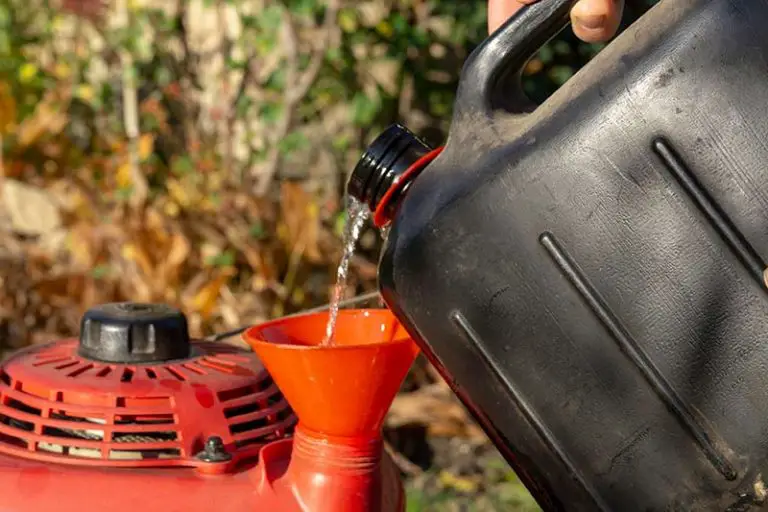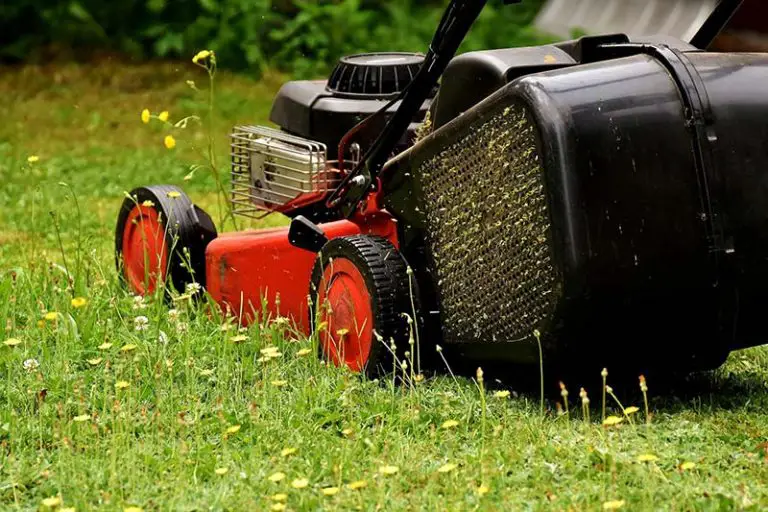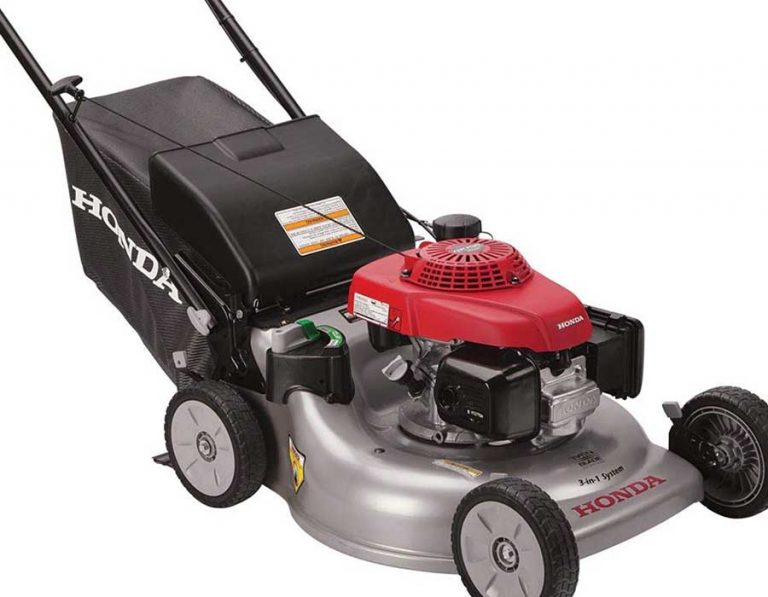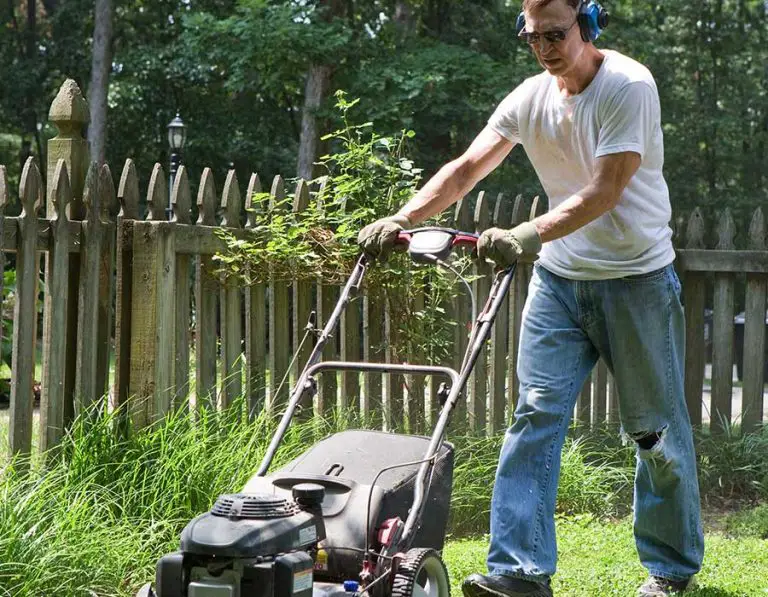How to Attach a Grass Catcher to a Lawn Mower
Lawn mowers are one of the more important parts of equipment to have at your disposal when it comes to lawn maintenance. Keeping your lawn mowed can keep it healthy, fresh, and easy to maintain.
Lawn mowers, like a lot of equipment, have different add ons and accessories that can be used to improve your experience, or tailor your experience in a way that is beneficial to you. One such way in which a lawn mower can be modified is through the use of a grass catcher, which collects discarded grass clippings as the lawn is mowed.
Whilst some lawn mower models come equipped with grass catchers, other types require them to be attached separately. Luckily, they are easily attached, and only take five minutes to add or remove.
What is a Grass Catcher?
A grass catcher is an enclosed basket or container that is attached to either the back or side of a lawn mower, that catches the grass that is trimmed whilst the lawn mower is in operation. They are sometimes supplied with lawn mowers when they are bought, and sometimes they need to be purchased separately. Grass catchers can be easily added or removed from lawn mowers, and they do not add much weight to the machine whilst it is running.
Why Should I Use a Grass Catcher?
Grass catchers have several benefits. They make cleanup much more efficient and easier, by speeding up the time it takes to dispose of clippings. All one needs to do is remove the catcher and pour the contents into a compost bin or plant waste bin. Grass clippings can be saved and are great for compost,
Grass catchers also do not need to be emptied each and every time the lawn is mowed. Depending on the size of your lawn, you may only need to empty your catcher occasionally, saving you both time and energy in the long run.
Types of Grass Catcher
The type of lawn mower you have may change the type of grass catcher that will attach correctly. There are different types of grass catcher available, all of which ensure that the type of lawn mower they attach to is covered.
- Rear grass catcher – Is attached to the back of the lawn mower, and is the most common type of grass catcher to find.
- Side grass catcher – Slightly harder to find, but is best used for certain lawn mower models. Side grass catchers attach to the outer side of the machine, and collect grass that is thrown up from underneath. They are often used for specific rotary lawn mowers.
How to Attach a Grass Catcher
There are different ways to attach a grass catcher depending on the type of grass catcher that you are using for your lawn mower. It’s a simple process, and it’s important to check the instructions on your own lawn mower first to ensure that no additional or different steps are required for your particular model.
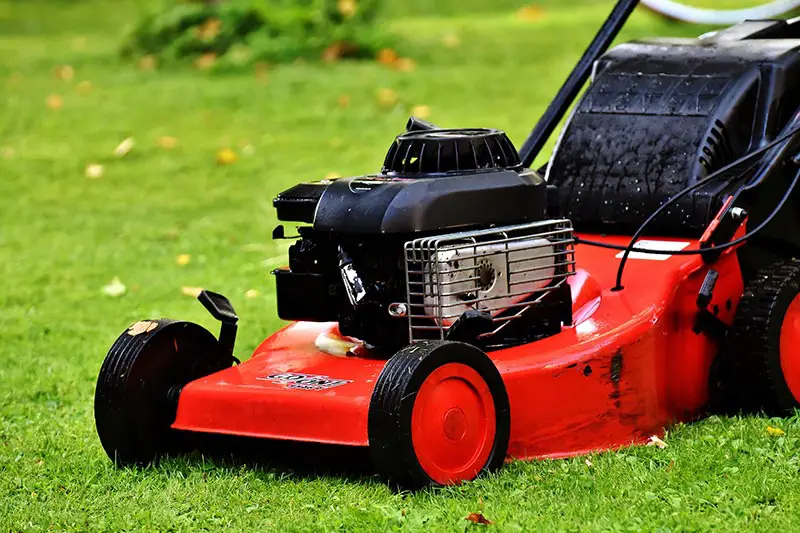
Attaching a Rear Grass Catcher
Rear grass catchers are the most commonly available type of grass catcher, and they are generally easier to attach.
Preparing the Lawn Mower
Before making any sort of modification to your lawn mower, ensure that it is completely powered off and unable to cause any harm during the process. This includes removing the spark plug, blades and making sure that nothing is able to knock the lawn mower into an on position.
Make sure during this step to remove the lawn mower’s mulcher as well. This should be located at the back of the machine, where you intend on installing the grass catcher. The mulcher plate should be located inside the rear door. This can be removed and stored for any future use.
Docking Area
The docking area is where the grass catcher will be attached to. It is located where the mulching plate was, and it should be fairly straightforward to attach a mulching bag to the area.
Keep a lookout for anything that can be used for hanging equipment from. This includes bolts, hooks or hinges. This is where the bagger goes. This area may need to be cleaned out first, before anything is installed. Make sure to wipe it down or use a fine brush to remove any built up dirt from the area.
Attaching the Rear Grass Catcher
Make sure the rear door of the lawn mower is open and all hanging hardware is visible, as this will be needed to secure the grass catcher. Once the bag is secured on the hooks, bolts or hinges, close the rear door to secure it in place. Make sure that the bag doesn’t fall down.
Attaching a Side Grass Catcher
Side grass catchers are installed in a similar way to rear grass catchers. The main difference is the location in which it is installed.
Preparing the Lawn Mower
Before undergoing any maintenance, the lawn mower should be devoid of power and unable to switch on or injure people. This can be done by removing the spark plug, unplugging the machine, and ensuring that nothing will press against the on switch, causing it to turn on. Some people even opt to remove the blades of their lawn mower each time it undergoes maintenance, for peace of mind.
Mounting Area
A grass catcher uses hooks or clamps to attach to the lawn mower. You will need to be able to locate this hanging hardware on your machine to correctly attach the grass catcher onto it. When it comes to side grass catchers, this hardware is found near the chute which expels mulch. Make sure this area is clean to ensure that the grass catcher attachments have the best change of staying put once they are attached.
Attaching the Discharge Chute
Your lawn mower may not already have a chute installed. These chutes help guide the grass clippings away from the machine. In this case, the chute will be installed so the grass clippings will end up straight in the grass catcher. The chute should fit on the docking area, by where the hanging apparatus is installed. The chute should attach firmly to the discharge door.
Attaching the Side Grass Catcher
The collection bag should have a hanger attached to it, to ensure that it is fully capable of being held up by the lawn mower. This hanger should be attached to the handle of the lawn mower, around the middle section. By attaching this first, it gives you the opportunity to ensure that everything else is fitted correctly. Attach the catcher to the chute. It should fit directly inside the chute, and should be twisted or turned in place to ensure it is secured. The hanging apparatus may be required to ensure it is fully secured to the machine.
Benefits of Grass Clippings
Whilst grass catchers are incredibly useful when it comes to cleanup, they have additional benefits involving the grass clippings that they help store. Grass clippings are very useful when it comes to creating mulch and compost. These substances can come in handy when gardening, as they have many benefits which can help maintain your grass and plants. Grass clippings, for instance, can be used to overlay areas of grass where grass seed has been sprinkled on, to help protect the germinating seeds from hungry birds. It can also be used to compost, which in turn can be used to help fertilize and improve the health of both plants and grass alike. If you have a compost bin available, consider storing some grass clippings to help improve the quality of your compost, or for times when it is needed as a coverage for your lawn.
Final Thoughts
Grass catchers ensure that all your clippings are collected in one place once your mowing is completed. This can help with both cleanup, and provide a much more streamlined way of composting and collecting your clippings. Grass catchers are also fairly easy to install, regardless of the type of lawn mower that you choose to use.

